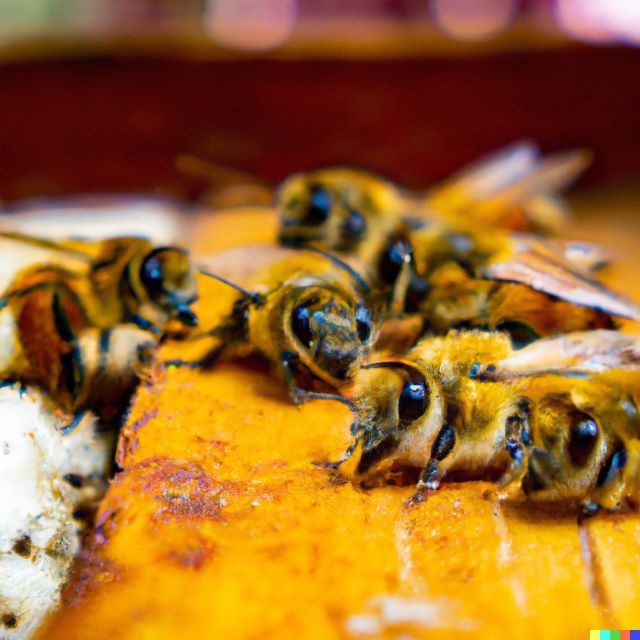Ko'olel-Kaab: The Majestic Mayan Lady Bees of Honey
Discover the unique and fascinating world of the Maya Meliponas, also known as the Lady Bees. Find out how important they were in Mayan culture, what interesting things they do, and how you can help protect this valuable species.





